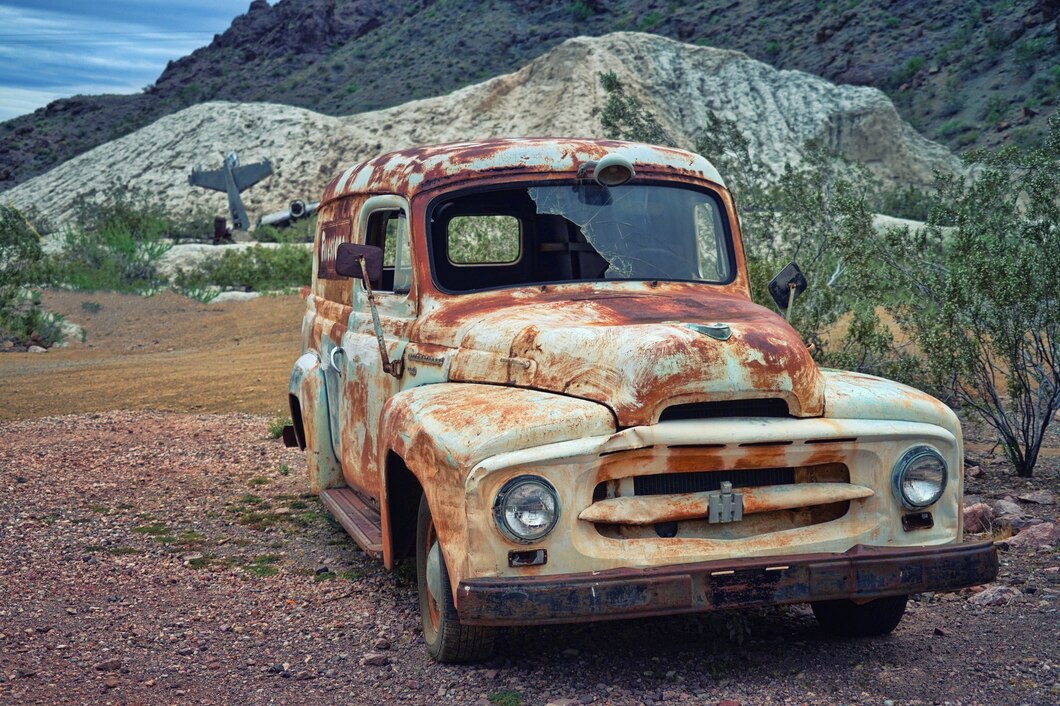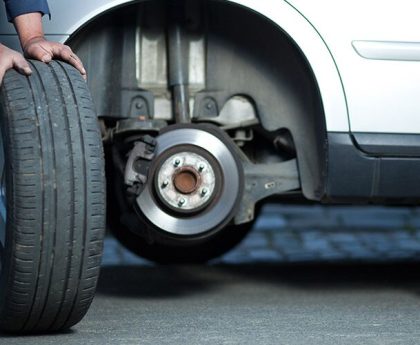Auto salvage is a fascinating field that combines the thrill of discovery with the satisfaction of bringing something old and damaged back to life. It is a realm where wrecked and abandoned vehicles find new purpose, often becoming prized possessions or functional machines once again. This blog will delve into the art of auto salvage, exploring its processes, benefits, and the passion that drives enthusiasts to transform wrecks into restoration projects.
What is Auto Salvage?
Auto salvage involves the retrieval of vehicles that are deemed unrepairable by insurance companies or have been abandoned. These vehicles, often referred to as “salvage cars,” can be bought at auctions or from salvage yards. The primary goal is to dismantle these cars for parts or to restore them to a roadworthy condition. Learn More
The Process of Auto Salvage
1. Acquisition
The journey begins with acquiring the salvage vehicle. This can be done through various channels such as salvage auctions, private sellers, or salvage yards. It is crucial to inspect the vehicle thoroughly to understand the extent of damage and to determine if it is a feasible restoration project.
2. Assessment and Planning
Once a vehicle is acquired, the next step is a detailed assessment. This includes evaluating the structural integrity, engine condition, and the availability of replacement parts. Planning is essential to outline the restoration process, budget, and timeline.
3. Dismantling
If the vehicle is beyond repair, it can be dismantled for parts. This involves carefully removing usable components such as the engine, transmission, and body panels. These parts can be sold individually or used in other restoration projects.
4. Restoration
For vehicles that are salvageable, the restoration process begins. This can be a lengthy and meticulous task involving body repairs, engine rebuilding, and replacing damaged parts. Attention to detail is crucial to ensure the restored vehicle meets safety standards and looks aesthetically pleasing.
5. Reassembly and Testing
After repairs and replacements, the vehicle is reassembled. This stage includes installing the engine, transmission, and other components. Once reassembled, the vehicle undergoes thorough testing to ensure it is safe and functional.
The Passion Behind Auto Salvage
Creativity and Innovation
Auto salvage enthusiasts are often driven by a passion for creativity and innovation. Transforming a wreck into a functional vehicle requires problem-solving skills and a creative mindset. Each project presents unique challenges, and finding solutions can be incredibly rewarding.
Environmental Impact
Salvaging vehicles has a positive impact on the environment. By reusing parts and restoring old vehicles, the demand for new manufacturing is reduced. This helps in conserving resources and reducing waste, contributing to a more sustainable automotive industry.
Financial Considerations
Restoring salvage vehicles can be a cost-effective way to own a unique and personalized car. While the initial investment may be lower than buying a new vehicle, the restoration process allows for customization and upgrading, resulting in a one-of-a-kind machine.
Tips for Successful Auto Salvage Projects
Do Your Research
Before starting a project, gather as much information as possible about the vehicle and its common issues. Join online forums, read manuals, and watch tutorials to gain insights and tips from experienced restorers.
Set a Realistic Budget
Restoration projects can be expensive, especially if unforeseen issues arise. Setting a realistic budget and including a contingency fund can help manage costs effectively.
Take Your Time
Rushing through a restoration project can lead to mistakes and subpar results. Take your time to ensure each step is done correctly. Patience is key to achieving a high-quality restoration.
Network with Other Enthusiasts
Joining a community of auto salvage enthusiasts can provide valuable support and resources. Networking can help you find rare parts, get advice on specific challenges, and share the joy of successful restorations.
Conclusion
Auto salvage is more than just a hobby; it is an art form that combines technical skills, creativity, and a love for automobiles. Turning wrecks into restoration projects not only breathes new life into cash for cars castle hill but also offers a sense of accomplishment and pride. Whether you are an experienced restorer or a newcomer to the field, the journey of auto salvage is filled with opportunities to learn, create, and make a positive impact on the environment. So, roll up your sleeves, dive into the world of auto salvage, and start your own restoration project today.





